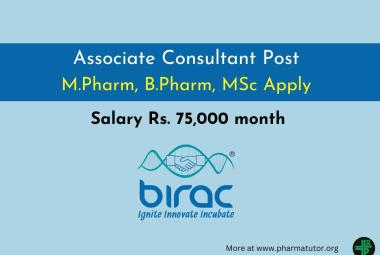Surface Morphology and Drug Release Studies on Repaglinide Controlled Release Pellets Prepared by Solution Layering Method with Blend of PEG - HPMC - EC Polymers
 About Author: Patil Amol Vilas,* Madgulkar Ashwini R., Bhingare Chandrashekhar L., Bhalekar Mangesh R., Jamadar Shahaji Ambadas
About Author: Patil Amol Vilas,* Madgulkar Ashwini R., Bhingare Chandrashekhar L., Bhalekar Mangesh R., Jamadar Shahaji Ambadas
Department of Pharmaceutics,
AISSMS College of Pharmacy,
Kennedy Road, Near R.T.O.,
Pune - 411 001, INDIA
Abstract
Pellets are of great interest to the pharmaceutical industry for a variety of reasons. Pelletized products not only offer flexibility in dosage form design and development, but are also utilized to improve safety and efficacy of bioactive agents. However, the single most important factor responsible for the proliferation of pelletized products is the popularity of controlled release technology in the delivery of drugs. This research article mainly focused on the Surface Morphology and Drug Release Studies on Repaglinide Controlled Release Pellets Prepared by Solution layering method with Blend of PEG - HPMC - EC Polymersof controlled release pellets of Repaglinide. Surface morphology study to revel morphological changes when pellets were exposed to dissolution study and correlate their relation from P1 to P9 batches. Amongst all batches, P1 batch selected for morphological evaluation by using Scanning Electron Microscopy (SEM). XRD study done for powder characterization of drug before and after manufacturing process. Cellulose derivative blend of Hydroxypropyl methylcellulose (HPMC-K100), Ethyl cellulose (EC) and PEG4000, due to their hydrophilic and hydrophobic properties and ease of application provide desired drug release profile Upto 12 Hrs, when used in optimum concentration P1 batch (1:1%).



 About Author:
About Author: About Author:
About Author:  About Author:
About Author:





